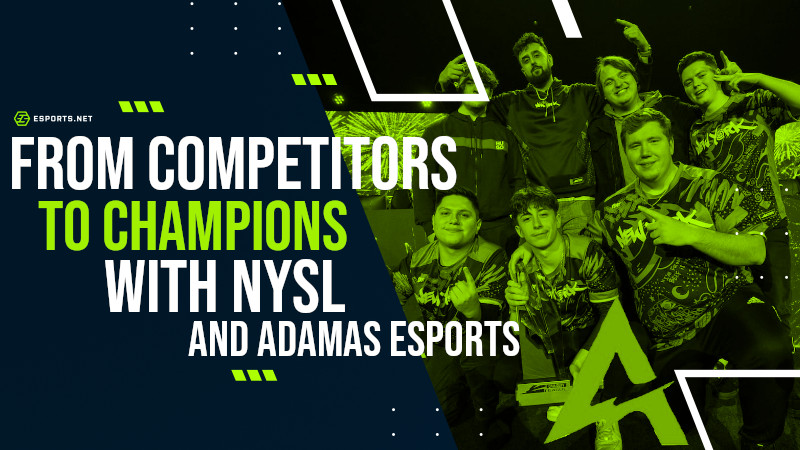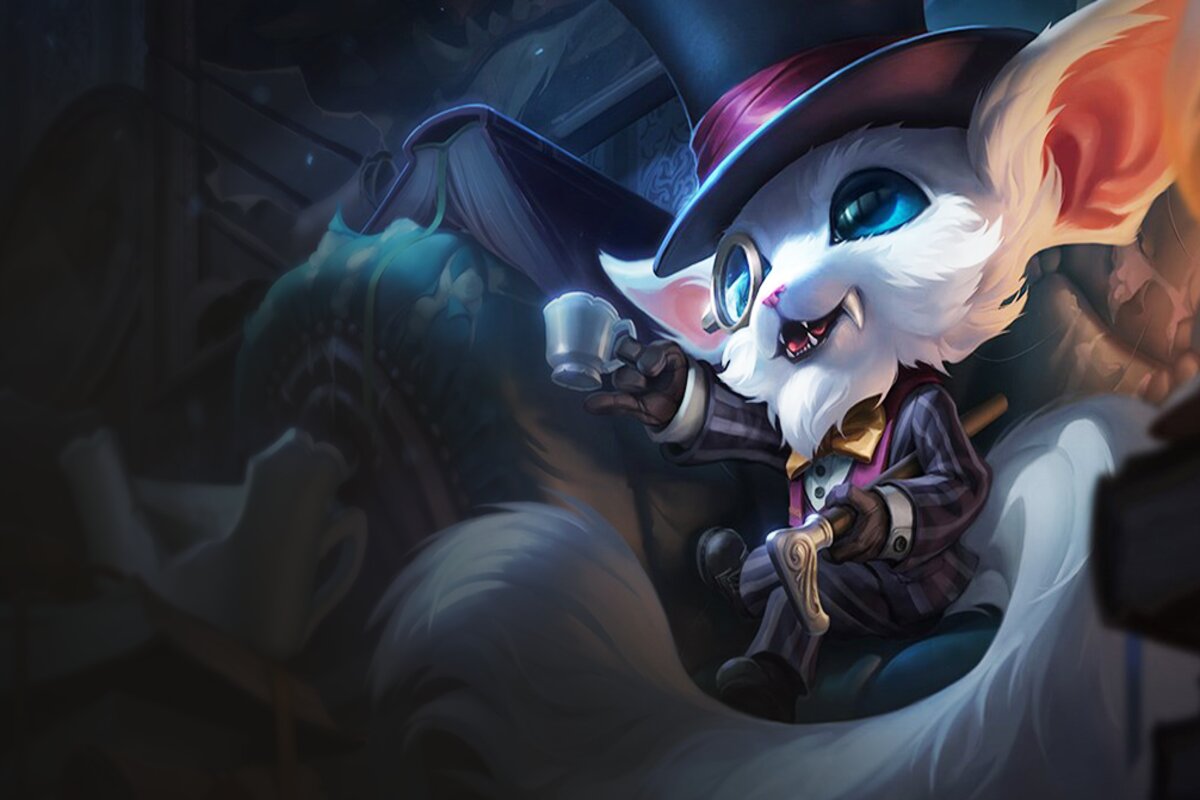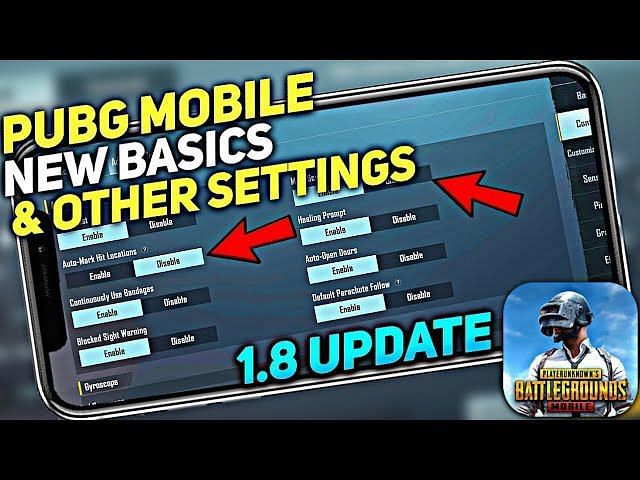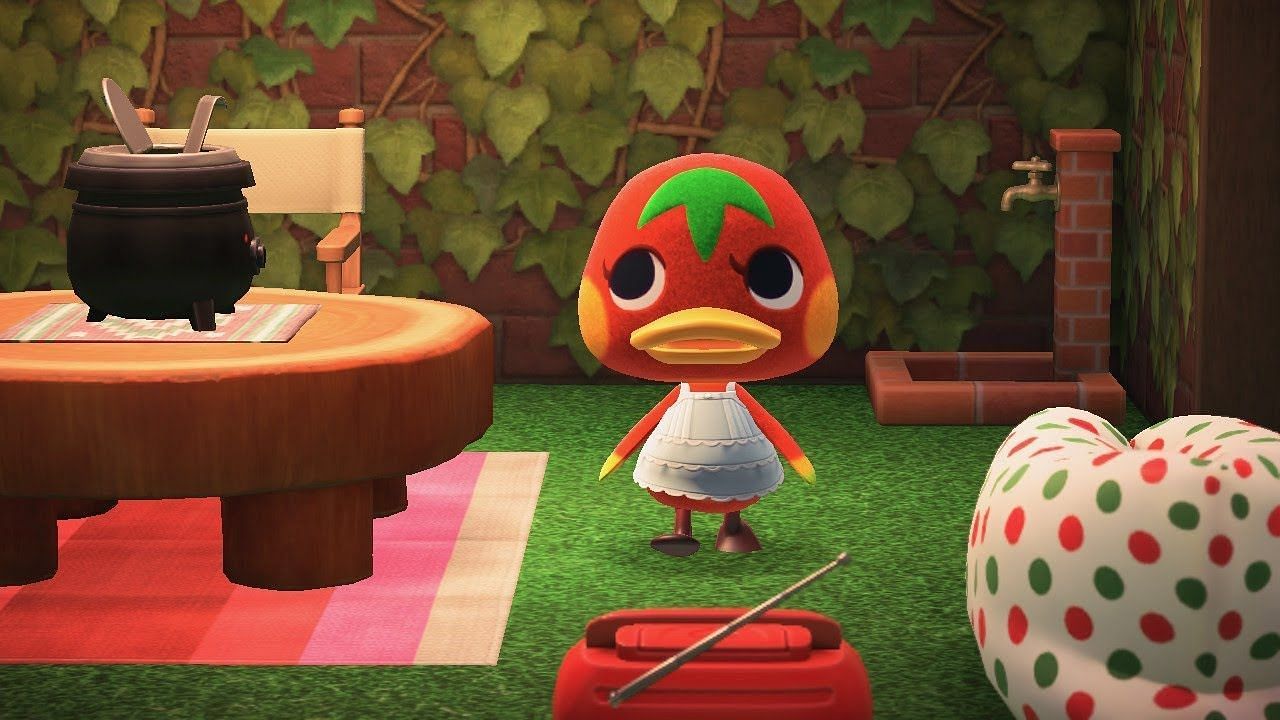Mục Lục
EXCLUSIVE INTERVIEW: Matt Fisher Unveils Subliners’ Epic Journey to CDL World Champions
July 6, 2023
Grant Taylor-Hill
In an exclusive interview, I sat down with Matt Fisher, the Director of Performance at Adamas Esports, a company that is working within the inner heart of the esports industry to shape future world champions. He had the pleasure of standing on stage with the New York Subliners as they lifted the COD League Championship trophy in Las Vegas on June 18th, 2023. During this interview, I came to learn about Adamas’ best-in-class representation of constructing a culture within an esports organisation that fosters nothing but world-class performance.
For the inside track on what makes a world championship-grade team, read on – it doesn’t get any closer than this.
I’m Matt Fisher, And This Is Adamas Esports
Matt Fisher (Far Right) stood with the Subliners as they held their COD Champs trophies (Image Credit: CDL)
I was very fortunate to get a sitdown with Matt Fisher, as it meant that I was getting pure, unadulterated content from the heart of the Call of Duty League. For the last three seasons, Matt has represented Adamas Esports, working with the New York Subliners and shaping the team in almost every way imaginable, piecing together what would eventually become a world championship squad. Firstly, I was very eager to learn how Matt first got involved with this role and how deep his connection to the organisation really went.
MF: ‘So, my journey with them has certainly been an interesting one. I was blessed enough to actually be on stage with them to receive that championship trophy. I would say that I think the impact that we as a company have been able to have with the Subliners has been unprecedented.’
‘How they’ve included me from everything to interviewing coaches and players to providing input to roster decisions. That’s not the scope of a performance coach, but I think they were able to recognise just how impactful we could be to them, bringing our knowledge and culture from traditional sports.’
‘The impact that we as a company have been able to have with the Subliners has been unprecedented.’
‘My first introduction was really to Clayster – the GOAT. He had never needed some of these things, and all of a sudden, my job was to try and help him and get him to buy into what we were offering. Again, when he has won how many rings without ever having to do any of these things?’
In the below clip (from Twitter), see Matt Fisher mingle with the Subliners team as they collect their 2023 Call of Duty League Championship jackets.
What Does It Mean to Be An Esports Athlete?
As we spoke, I decided to spin off into a question that I often ask in this kind of discussion: are esports players rightfully ‘athletes’ these days?
MF: ‘We’ve been very intentional as a company in using the term ‘athlete. To me, the usage of the term ‘athlete’ is to instil an identity of an athlete, who in my mind, makes decisions based on performance. This isn’t just in the game, this isn’t just about going to the gym, this is about every aspect of their life.’
‘That is a level of intentionality that an athlete has.’
‘Many of these gamers identify by their gamertag. We purposely try to make sure that we create separation between their different identities. I don’t care if you’re going to the gym every day, that’s not the purpose – you were thinking about what you should be doing to keep your hands healthy, your wrists healthy, in a way that maybe you can do that sitting down, just by doing some hand stretches, but that is a level of intentionality that an athlete has.’
Starting To Shape The Scene
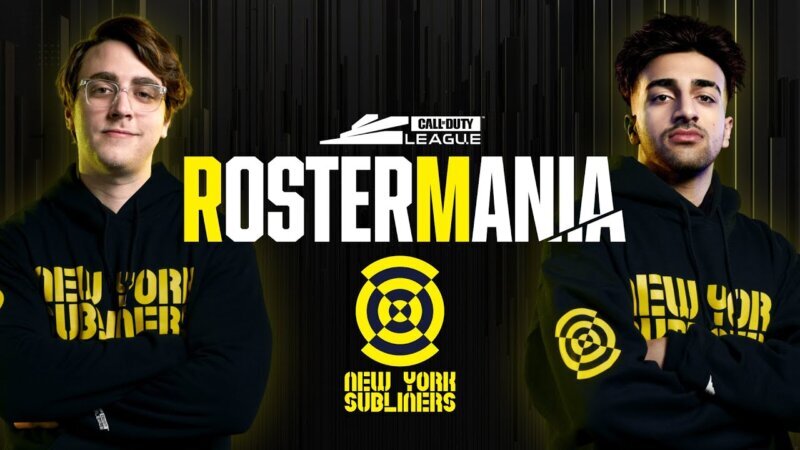
Image Credit: CDL
It was relatively clear what Adamas’ mission was in the build-up to creating a championship-worthy CDL team. There was a focus on physical fitness, mental well-being, practising healthy habits, and above all else, building a true-to-life team culture that resonated throughout the organisation. I was certainly interested to see how the installation of these concepts played out when he was first introduced to the Subliners in 2020.
MF: ‘Where a lot of teams have approached us – not just in Call of Duty – is oftentimes, they’re looking at us to engage with their individual athletes and basically solve problems with those athletes. What we started to recognise was the majority of challenges that are limiting performance with these different players are self-inflicted wounds by the team environment or the organisation as a whole.’
‘We’ve been able to be far more effective at improving the performance of very different personalities like an Asim, a Clayster, a HyDra, or a Mack by helping to shape the environment that they’re in. That’s where we very much shifted our focus from individual connection and improvement to ‘let’s start globally first’, and we started to recognise how many of these limiting factors started to disappear on their own.’
‘We needed to find ways to individualise our coaching and support, and I think that’s where I see a lot of problems within the Call of Duty community – many coaches just don’t have a true understanding of how to best support the different personalities they have.’
‘That’s why you see a lot of these superstar rosters fail to live up to expectations.’
Read More: Best Call of Duty Teams in 2023
Schooling The Subliners
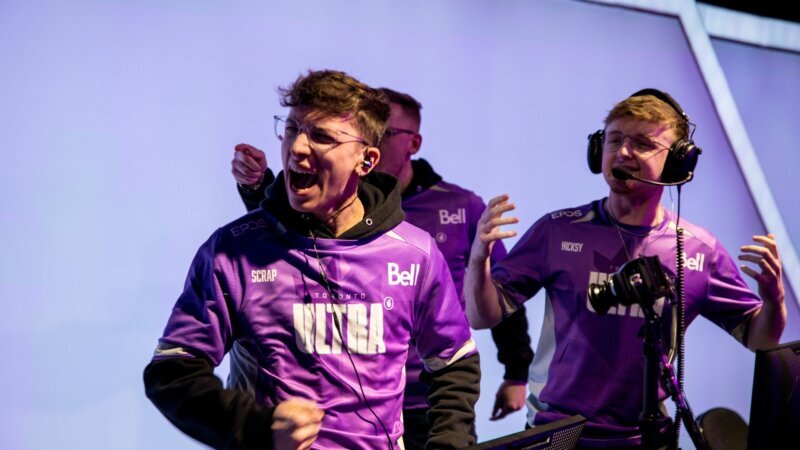
Scrap was a thorn in the Subliners’ side, but he was humbled at COD Champs. (Image Credit: CDL)
With a throwback to the events before the CDL Championship Grand Final, I was very interested to learn how far Adamas’ creation of a championship culture stretched into the aether. I was particularly eager to learn about the methods used to combat toxicity and the risks presented by social media use by Call of Duty’s top contenders.
GTH: Call of Duty is terrible for toxicity, especially on social media. You get characters like Drazah and Scrap, and they’re always going to be the villains. Do you guys advise them not to get involved in that?
MF: ‘We’ve discussed the need for actually having social media coaching for a lot of these players. We do know that some of the biggest distractions, and some of the greatest pressures are created simply by these players engaging in social media in a less-than-healthy way. I mean, the number of times I used to see players literally on Twitter between rounds.’
‘We know that certain players – whether it’s their personalities, whether they haven’t taken the time to put in the effort to remain focused and understand where their emotional regulation is being impacted, we make suggestions. With Subliners, we create blackout periods. After a win or a loss, we have a blackout period where nobody is allowed to talk about the game because oftentimes we’re emotional, especially after a loss.’
‘… create an internal level of team culture where the opinions that matter to us are one another’s.’
‘I think again, one of the things that we managed to do very well with Subliners is to create an internal level of team culture where the opinions that matter to us are one another’s. And so, I did not have to police social media use whatsoever this year.’
Everyone Loves A Villain
This year, few players caused as much of a buzz as Toronto Ultra’s Thomas ‘Scrap’ Ernst, who was trying remarkably hard to establish himself as the new bad boy of Call of Duty esports. I wanted to know how those villainous characters play into the CDL and how they potentially impacted the Subliners.
GTH: People say, ‘We need characters like Scrap, we need a villain, we need some bad blood’. Do you think that’s true? Are people saying, ‘This is getting some good numbers, this is getting some good draw, you keep on at it?’
MF: ‘Taking off my performance coach hat – absolutely. I think personalities like that in any given sport are good for marketability. We know that Call of Duty has struggled financially, you know? The numbers are up this year, who knows what happens with the switch to YouTube or whatever it might be?’
‘It’s undeniable that people like to engage in that toxicity. I don’t think this is exclusive to Call of Duty by any means. The guy’s a good kid, you know? He knows what he’s doing – I do think that it was detrimental. Like, the worst possible thing was firing up the Bulldog before that Finals, and it very much worked in our favour.’
‘It’s undeniable that people like to engage in that toxicity.’
‘As much as that fired up Matt (KiSMET), does he hold that personally against Scrappy? Heck no. He’s not that type of guy – he understands what Scrappy is doing, and I think he also understands that just for storylines overall, that is a net positive. Even if just for my own personal values I don’t like how that might then influence the next generation of Scrappys to be kind of that toxic type of person.’
Read More: How Much Do Pro COD Players Make?
This Is How You Win Championships
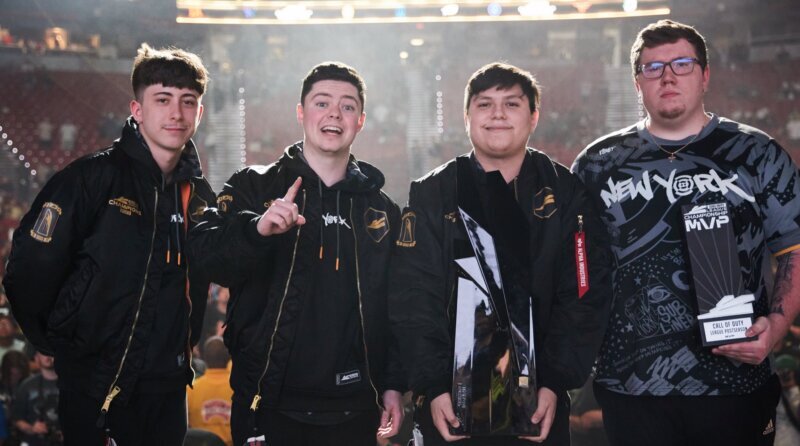
Image Credit: CDL
It was phenomenal learning about what happens behind closed doors in the Call of Duty League, but it was time to get to the core of the question. I knew that Adamas worked to instil a sense of culture and team spirit within these organisations, but I wanted to know how far that went. I was particularly curious about the nature of the Call of Duty esports scene, with players coming and going, teams splitting every few weeks – in some cases – and a new game landing every year.
GTH: Every year it’s a different game, every year it’s different teams, the churn of the players, production staff, new locations – everything is changing all the time. Is that a challenge for you guys to stay on track and on point?
MF: ‘One hundred percent! Organisations will throw a ton of money trying to put together that sort of dream team. If they don’t get results by the first Major – they’re looking to blow the roster up. And where I give credit to the Subliners’ ownership, they have bought into what we were selling: “You need to focus on culture first, otherwise you can spend as much money on players as you want, and you’re just going to churn them out.”‘
GTH: It’s just a revolving door of competitors?
MF: ‘It’s going to be a revolving door and they are never going to play to their potential. They do not give them the time to actually gel together, to build cohesion, and the moment you start to see that happen, if they don’t have the immediate results that go along with it, then it’s a failure.’
‘After winning Major I and then having a lull into Major II and Major III, a lot of organisations would have looked to make a team change. We basically said, “We trust the process, we’re continuing to build this team culture,” and despite the fact that we ran into some challenges, we did not lose trust in one another. And to me, the proof was in the pudding of how we managed to overcome those hurdles, ownership did not make a short-sighted decision by trying to swap somebody out, and the process worked.’
‘We’ve single-handedly changed the perspective of what needs to be done.’
‘I’m going to sound egotistical, I apologise, but I think we’ve single-handedly changed the perspective of what needs to be done, at least within the Call of Duty League, to get the results that we’re all trying to get.’
‘If you look at the projected standings at the start of the season based on roster alone, they had us at 11th out of 12. Other than Paco – HyDra – being the French Phenom and having an unbelievable season, KiSMET had never really proven himself like he did this year. Preston, people thought he was going downhill, Cesar again, coming from rosters that had never, you know, made Champs.’
‘It was being able to put together those individuals and allow them to actually play to a level that is beyond each individual’s abilities. I think that the challenge of short-sighted decisions is going to be very different in the future. I don’t think we’re going to see as many roster changes as we did. I mean, Boston at the end of the season was changing up each week, we had no idea who we were playing against.’
There’s No ‘I’ In Team
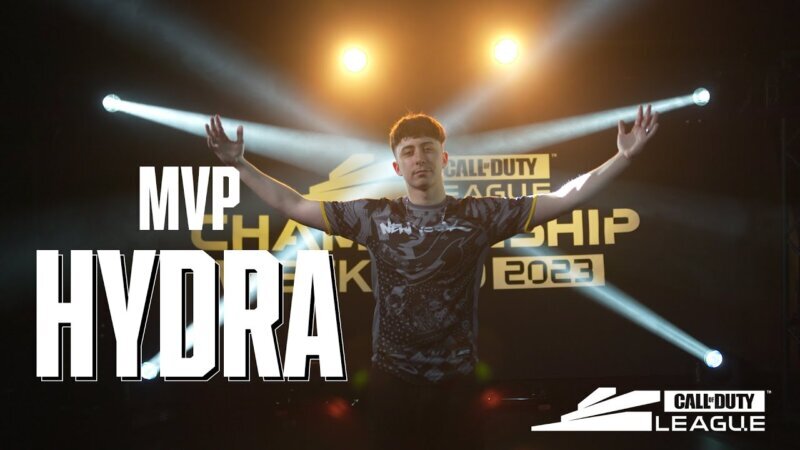
HyDra was MVP of the season, but it certainly was a team effort overall (Image Credit: CDL)
As we started to wrap up our invaluable conversation, I wanted to learn about the real core of the Subliners. I’d learned about how the team handles social media, crushing losses, victorious highs, and how Adamas Esports has worked hard to build this internal culture. Now, I wanted to know about how a superstar player can impact a squad, leaning towards a reference to HyDra, MVP of the 2023 CDL season and one of the best Call of Duty players in the world right now.
MF: ‘There are many times when the superstar player actually makes their teammates worse. When you have a player who knows that they are the best on the team, if they’re a toxic player – as many players within this League are – they end up creating this level of tension where their teammates, rather than playing loose and free and up to their potential – they play scared.’
‘They’re trying to avoid making mistakes and instead of playing to win, they’re playing not to lose. It creates this vicious cycle where the reason they play scared is that they don’t want to get flamed by that superstar player. And where the coaches don’t recognise, is that a superstar player can have the best numbers when it comes to KD, but when the rest of their team is just trying to avoid their wrath and are playing worse, the objectives are not being completed.’
‘Instead of playing to win, they’re playing not to lose.’
‘What they often don’t recognise is, that player could switch out those three players for three other, better players that they want, and if he doesn’t change his attitude and his understanding of how important a team is, those next three players are going to play shitty as well, because they’re going to be playing in fear.’
‘Paco, I was afraid he was going to go the wrong way. I was afraid that he was going to learn some of the bad tendencies. As much as Crim and Clay taught him some amazing things, their inability at times to be able to control their own emotions… Paco started to become a worse teammate. His understanding and his willingness to work on that this year are what allowed him to become a better teammate, and a better human being, and not only did he play to his potential, he brought up the rest of the team as well, and allowed them to play to their potential because they were no longer playing in fear of him.’
And with that, with Adamas’ hugely impactful coaching, Matt Fisher’s impeccable industry knowledge, and a whole season of dedication and fostering a championship-grade culture, the New York Subliner secured just that – a world championship title.
Read Next: Gaming, Esports, Athletic Stardom - Taylor Fritz Interview

